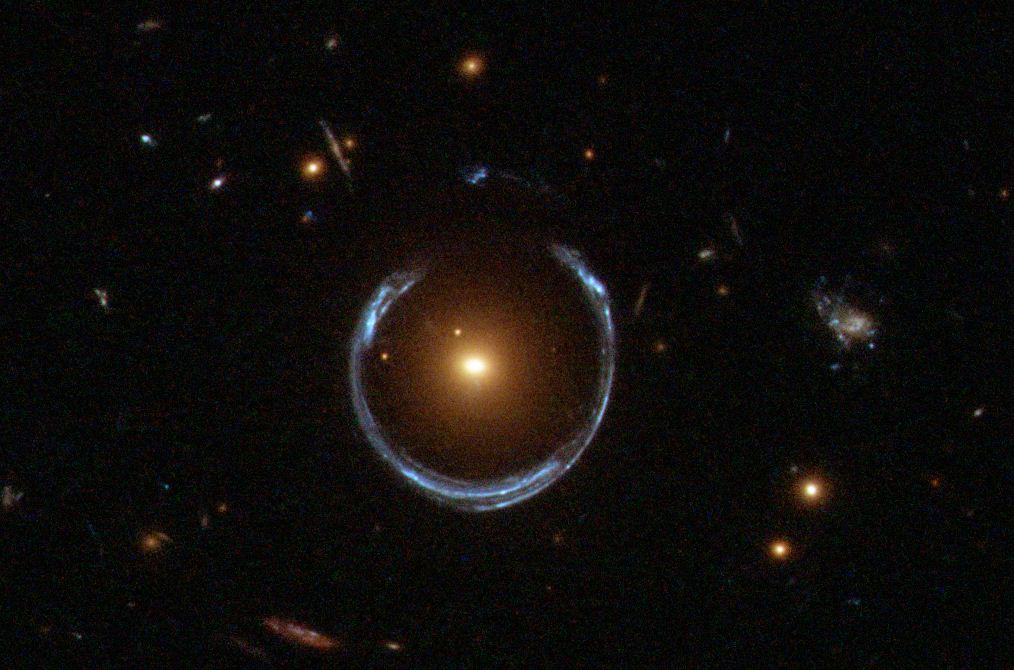Dark matter is thought to be the bulk of the material in the universe, yet cannot be detected. Its gravity pushing around cosmic bodies, dark matter is unseen and mysterious, like the invisible wind blowing the leaves.
A team of researchers at The University of Alabama hope to develop tools that probe this otherwise invisible but important component of the universe, tackling one of the biggest questions in physics, astronomy and cosmology – what is dark matter?
Their work is part of two related three-year, nearly $700,000 grants from the National Science Foundation that will allow researchers to detect the influence of invisible dark matter on visible light. The modeling and deep learning tools developed as part of the project will provide new scientific insights into the physics of dark matter.
The project received initial funding from the UA CyberSeed program, part of the UA Office for Research and Economic Development, and the research is one of four major thrusts of the UA Cyber Initiative.
This project will be a first major effort on gravitational lensing and dark matter substructure. In astronomy, a gravitational lensing effect occurs when an object in the foreground with strong gravity magnifies the light of a more distant object behind it. The team will develop a first-of-its-kind deep learning analysis of dark matter using gravitational lensing.
“Gravitational lensing opens up a whole new observational window into dark matter. Using the most sophisticated deep learning tools available today, we can infer the properties of dark matter and test which models of dark matter are favored or disfavored,” said Dr. Sergei Gleyzer, project lead and UA assistant professor of physics and astronomy.
Dark matter represents 80% of the matter in the universe, yet it is made up of material scientists cannot directly observe. Its presence is only known through its gravitational influence on normal matter. Because the effects of dark matter can be seen in gravitationally lensed systems, where light from a distant galaxy is gravitationally lensed by a foreground galaxy, examining the signature of dark matter in these lensed systems provides a powerful tool to search for unknown types of dark matter substructure.
“Uncovering potential signals of dark matter is a very exciting endeavor,” said Gleyzer. “Our results will complement existing searches for dark matter particles at the Large Hadron Collider at CERN and direct detection experiments being carried out across the globe, while pushing the boundary of knowledge forward into exciting and previously unexplored territory.”
The team will develop deep learning tools to analyze data from NASA’s Hubble Space Telescope, the Hyper Supreme-Cam on the Subaru Telescope and the upcoming Vera C. Rubin Observatory to better understand the underlying nature of dark matter. All the results and tools created as part of this project will be open sourced.
At UA, Gleyzer is joined by Dr. Brendan Ames, assistant professor of mathematics. The project also includes external collaborators from Brown University with background in particle theory and dark matter models.
Contact
Adam Jones, UA communications, 205-348-4328, adam.jones@ua.edu
